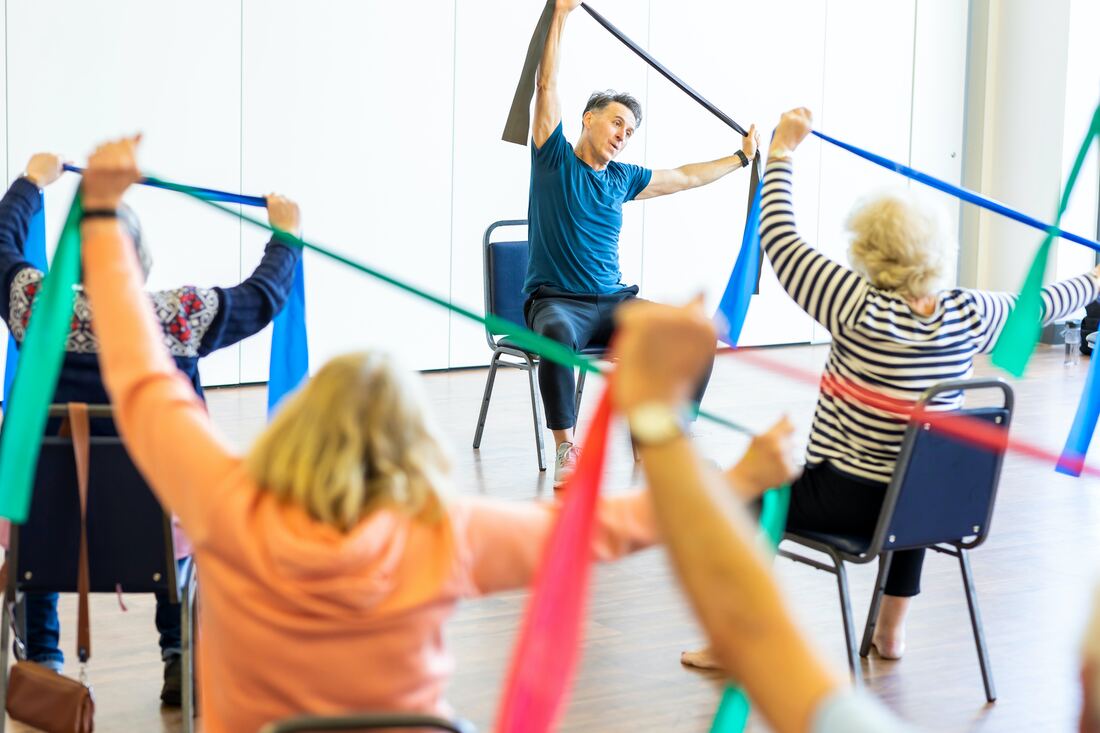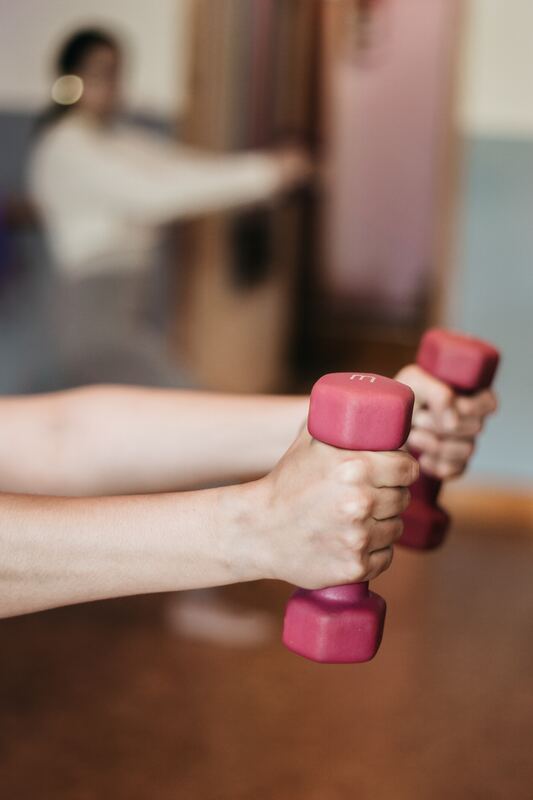|
Collaborative Post | As we age, life commitments and changes to our bodies can make it more difficult to establish a consistent and effective exercise regime. But being active is a crucial part of a healthy ageing process. It can help to keep both our minds and bodies in a healthy state, allowing us to live more independent and fulfilling lifestyles. To get the most out of your exercise time, it’s important to keep workouts varied. Just as importantly, you should find activities that you enjoy doing. If you are having fun whilst exercising, you’re more likely to remain motivated and feel more benefits from your workouts. There are several elements to your workout regime that you should be focusing on as you age. In this post, we take a detailed look at each of the three most important areas, and suggest some exercises that will help you to live an all-round more active and healthy lifestyle.  Photo by Centre for Ageing Better on Unsplash Stability trainingWorking on stability becomes increasingly important as we age, since older people are more susceptible to serious injuries from slips and falls. One study reported that regular balance training can actually improve an individual’s quality of life, as they are more able to move unassisted, helping them to retain a level of independence as they age. While there are specific activities that can help to directly target your stability such as yoga, simple one-off exercises can be equally effective. For instance, leg raises, heel-to-toe walking and step-ups can all be beneficial to improving balance without putting excessive strain on our joints and bones CardioLow-impact cardio exercises are a crucial part of any exercise regime, as they provide a range of benefits without putting undue stress on joints and muscles. Walking is one of the best exercises for seniors, as it's simple, free, and doesn't require any equipment. If you find walking at a steady pace too easy, you can easily change the intensity to feel more benefits. Swimming is another fantastic low-impact option that can help build cardiovascular fitness whilst minimising the risk of injury. Aquatic exercises are especially useful if you’re living with a chronic joint condition like gout or other forms of arthritis, as there will be less pressure applied to any painful areas. Whatever your fitness level, there are plenty of low-impact cardio workouts that can help keep you active and healthy for years to come, so find something you enjoy and implement it as a regular feature of your workout routine.  Photo by Yulissa Tagle on Unsplash Weight trainingWeight training isn’t just about trying to build up well-defined muscles – there are plenty of other benefits to be had from lifting weights on a regular basis. Improving muscular fitness can help reduce your chances of developing chronic health conditions such as type 2 diabetes and heart disease. Research has also found that resistance training can offer significant mental health benefits, including improvements in mood and reduced anxiety. While weightlifting two or three times a week will bring about improvements in your overall wellbeing, you don’t have to be using dumbbells or weight plates to be working on your muscular strength. Even simple tasks like carrying heavy shopping bags or certain gardening activities can help to keep your muscles working outside of the gym In summaryExercise shouldn’t always feel like a chore. Finding activities that you enjoy doing and that are directly beneficial to your general wellbeing will be key in helping you to establish a consistent workout regime. With minimal equipment, you too can reap the rewards of regular exercise and start living a healthier life after 50.  Photo by Simon Hurry on Unsplash Disclaimer: this is a collaborative blog post. Comments are closed.
|
Search my blog ...Categories ...Read my latest blog post!Subscribe below to receive regular updates by email:
Archives
July 2024
|


